BTR has changed our review platform from Devil’s Canyon i7-4790K to Skylake i7-6700K, and we have already tested the brand new RX 480 on both platforms. Since we found almost no difference in performance between the Skylake platform and the Devil’s Canyon platform using 26 games with the RX 480, we have followed up with this evaluation by using the fastest single-GPU video card, the GTX 1080. We also tested Dual Channel vs. Single Channel Memory performance on the Skylake platform.
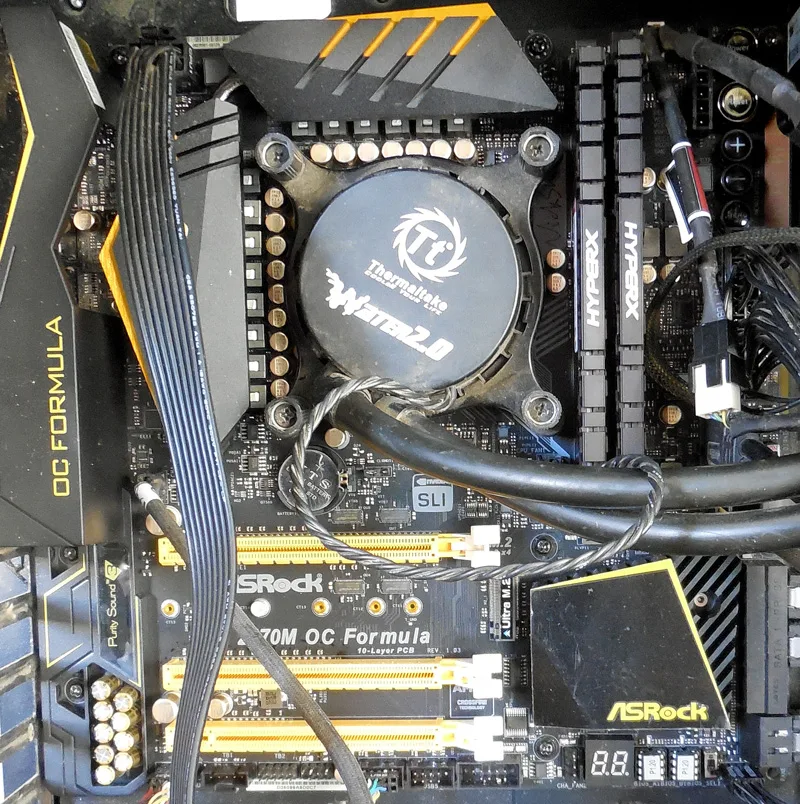
Our older Devil’s Canyon testing platform uses the i7-4790K with all of its 4 cores turboed to 4.4GHz by the ASUS Z97-E motherboard, versus the Skylake i7-6700K with all of its 4 cores also turboed to 4.4GHz by the ASRock Z7170M motherboard. The Devil’s Canyon motherboard uses 16GB of Kingston Predator DDR3 at 2133MHz versus the Skylake motherboard’s 16GB of G.Skill Ripjaws V DDR4 at 3200MHz, so it should prove to be an interesting follow-up comparison.
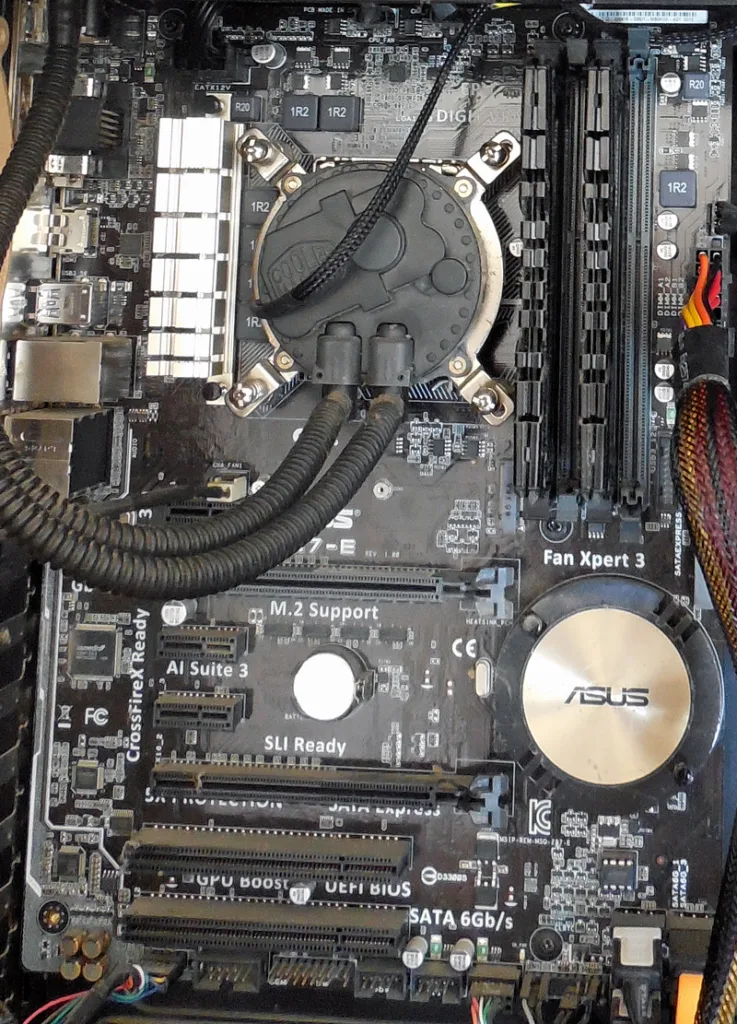
We tested both platforms with the GTX 1080 using 26 modern DX11/DX12 games and 1 synthetic benchmark at 1920×1080, 2560×1440, and at 3480×2160 resolutions on Windows 10 Home 64-bit.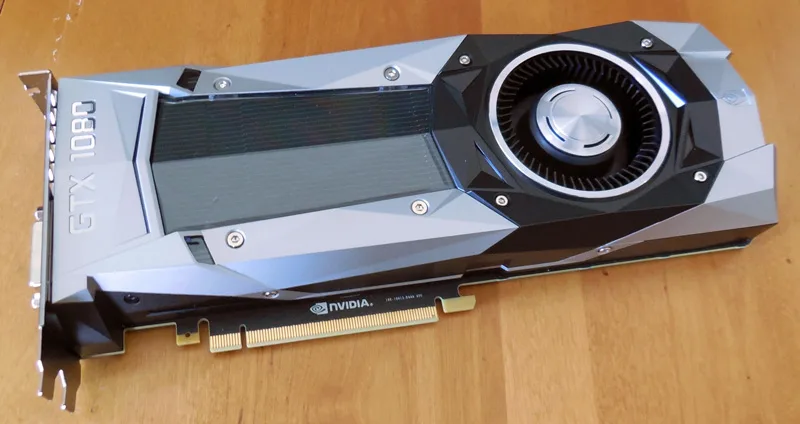
Let’s look over our test configuration on the next page.
Test Configuration – Hardware
- Intel Core i7-4790K (reference 4.0GHz, HyperThreading and Turbo boost is on to 4.4GHz; DX11 CPU graphics), supplied by Intel.
- ASUS Z97-E motherboard (Intel Z97 chipset, latest BIOS, PCIe 3.0 specification, CrossFire/SLI 8x+8x)
- Kingston 16GB HyperX Predator DDR3 RAM (2×8 GB, dual-channel at 2133MHz, supplied by Kingston)
- Intel Core i7-6700K (reference 4.0GHz, HyperThreading and Turbo boost is on to 4.4GHz; DX11 CPU graphics)
- ASRock Z7170M motherboard (Intel Z7170 chipset, latest BIOS, PCIe 3.0/3.1 specification, CrossFire/SLI 8x+8x)
- Kingston 16GB HyperX Predator DDR4 RAM (2×8 GB, dual-channel and single channel at 3200MHz, supplied by Kingston)
- G.Skill Ripjaws V 16GB DDR4 (2x8GB, dual channel at 3200MHz)
- GTX 1080 8GB, Founders Edition, stock clocks
- RX 480 8GB, reference version, at stock clocks (1266/1120MHz).
- Two 2TB Toshiba 7200 rpm HDDs for each platform
- EVGA 1000G 1000W power supply unit (for both platforms)
- Cooler Master 2.0 Seidon, supplied by Cooler Master (Devil’s Canyon)
- Thermaltake Water2.0, supplied by Thermaltake (Skylake)
- Onboard Realtek Audio
- Genius SP-D150 speakers, supplied by Genius
- Thermaltake Overseer RX-I full tower case, supplied by Thermaltake (Skylake)
- Thermaltake Chaser II, full tower case, supplied by Thermaltake (Devil’s Canyon)
- ASUS 12X Blu-ray writer
- Monoprice Crystal Pro 4K
Test Configuration – Software
- Nvidia’s GeForce 368.39 WHQL drivers were used for the GTX 1080. High Quality, prefer maximum performance, single display.
- AMD Crimson Software 16.6.2 beta hotfix drivers were used for benching the RX 480.
- VSync is off in the control panel.
- AA enabled as noted in games; all in-game settings are specified with 16xAF always applied
- All results show average frame rates including minimum frame rates shown in italics on the chart next to the averages in smaller font.
- Highest quality sound (stereo) used in all games.
- Windows 10 64-bit Home edition, all DX11 titles were run under DX11 render paths. Our three DX12 titles are run under the DX12 render path. Latest DirectX
- All games are patched to their latest versions at time of publication.
- Crimson Software’s WattMan was used for the RX 480.
- EVGA’s Precision XOC, reviewer’s version 4 used for Nvidia cards.
The 26 PC Game benchmark suite & 1 synthetic test
- Synthetic
- Firestrike – Basic & Extreme
-
DX11* Games
- Crysis 3
- Metro: Last Light Redux (2014)
- GRID: Autosport
- Middle Earth: Shadows of Mordor
- Alien Isolation
- Dragon’s Age: Inquisition
- Dying Light
- Total War: Attila
- Grand Theft Auto V
- ProjectCARS
- the Witcher 3
- Batman: Arkham Origins
- Mad Max
- Fallout 4
- Star Wars Battlefront
- Assassin’s Creed Syndicate
- Just Cause 3
- Rainbow Six Siege
- DiRT Rally
- Far Cry Primal
- Tom Clancy’s The Division
- DOOM (*OpenGL)
- Mirror’s Edge Catalyst
- DX12 Games
- Ashes of the Singularity
- Hitman
- Rise of the Tomb Raider
- Total War: Warhammer
Nvidia Settings
Nvidia’s Control Panel settings. The GTX 1080 was benched at stock settings (with Power and Temperature targets set to maximum) on both platforms.

 The above is our test bench. Let’s check out our performance charts
The above is our test bench. Let’s check out our performance charts
Performance summary charts & graphs
Here are our results of 26 games and 1 synthetic test. All results except for Firestrike are expressed in average fps (in Bold) and also generally in minimum fps (where they make sense, in smaller italics next to the averages). Each platform is compared against the other in the adjoining results column in white (Skylake) versus black (Devil’s Canyon). Please open each chart in a separate tab or window for better viewing.
The performance differences between our two platforms are very minimal. There are only minor variations, and if there is a trend, perhaps Skylake has slightly better minimums. The only game that shows Skylake significantly behind Devil’s Canyon, Rise of the Tomb Raider, received a major patch between our testing which may have changed its performance, so it should be considered as an outlier; perhaps also together with Ashes of the Singularity which is patched very often. Star Wars: Battlefront also shows a large frame rate difference but at only 2560×1440, so it is probably a typo carried over from our Devil’s Canyon benching.
Single Channel (8GB DDR4) vs Dual Channel (16GB DDR4) on Skylake
After our original evaluation of the RX 480, an 8GB memory module of Kingston DDR4 3333MHz failed, so while waiting for replacement memory, we tested the remaining single memory module at 3200MHz to compare its performance with our replacement 16GB of Dual Channel memory (G.Skill at 3200MHz) to see how performance was impacted.
16GB of Dual Channel DDR4 3200MHz results are reported in the first column (in White) and 8GB results of 8GB DDR4 3200MHz Single Channel results are reported in the second column (in Black). Here are the results of our testing:
Running 8GB of RAM has rarely been a disadvantage compared with running 16GB for gaming, however, we would highly recommend running in Dual Channel mode instead of in Single Channel mode, as there does appear to be a large performance disadvantage with some games – some more than others – especially at lower resolutions. However, in an emergency, or while waiting for an upgrade, most games remain quite playable in Single Channel mode. We were able to play DOOM very satisfactorily during the time our Skylake PC was out of regular benchmarking commission.
Skylake vs. Devil’s Canyon with the RX 480
These are the same benches that we published in our original evaluation earlier this month.
Let’s head for our conclusion.
The Conclusion
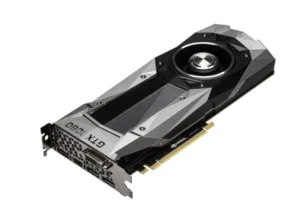 This very short two-part evaluation proved to be interesting to us as there is almost no difference in gaming performance between the Skylake platform and the Devil’s Canyon platform. We would not recommend upgrading from i7-4790K to i7-6700K with each CPU at 4.4GHz with either a RX 480 or with a GTX 1080 for gaming. There may be other upgrade considerations to be made, including a cooler-running Skylake CPU and a lower power draw, but evidently not for gaming performance.
This very short two-part evaluation proved to be interesting to us as there is almost no difference in gaming performance between the Skylake platform and the Devil’s Canyon platform. We would not recommend upgrading from i7-4790K to i7-6700K with each CPU at 4.4GHz with either a RX 480 or with a GTX 1080 for gaming. There may be other upgrade considerations to be made, including a cooler-running Skylake CPU and a lower power draw, but evidently not for gaming performance.
From our testing of Dual versus Single Channel memory, we would highly recommend running in Dual Channel mode for PC gaming on the Intel platform.
Next up, we will evaluate the soon-to-be-released GTX 1060 Founders Edition on July 19th at 6 AM Pacific Time. We are rebenching the RX 480 on its latest drivers and will add GTX 980 and other competing cards into our comparison on our Skylake platform. And we have added Total War’s Warhammer to our benching suite as BTR’s fourth DX12 game, and it will replace Attila after the next evaluation.
Happy Gaming!
Mark Poppin
BTR Editor-in-Chief


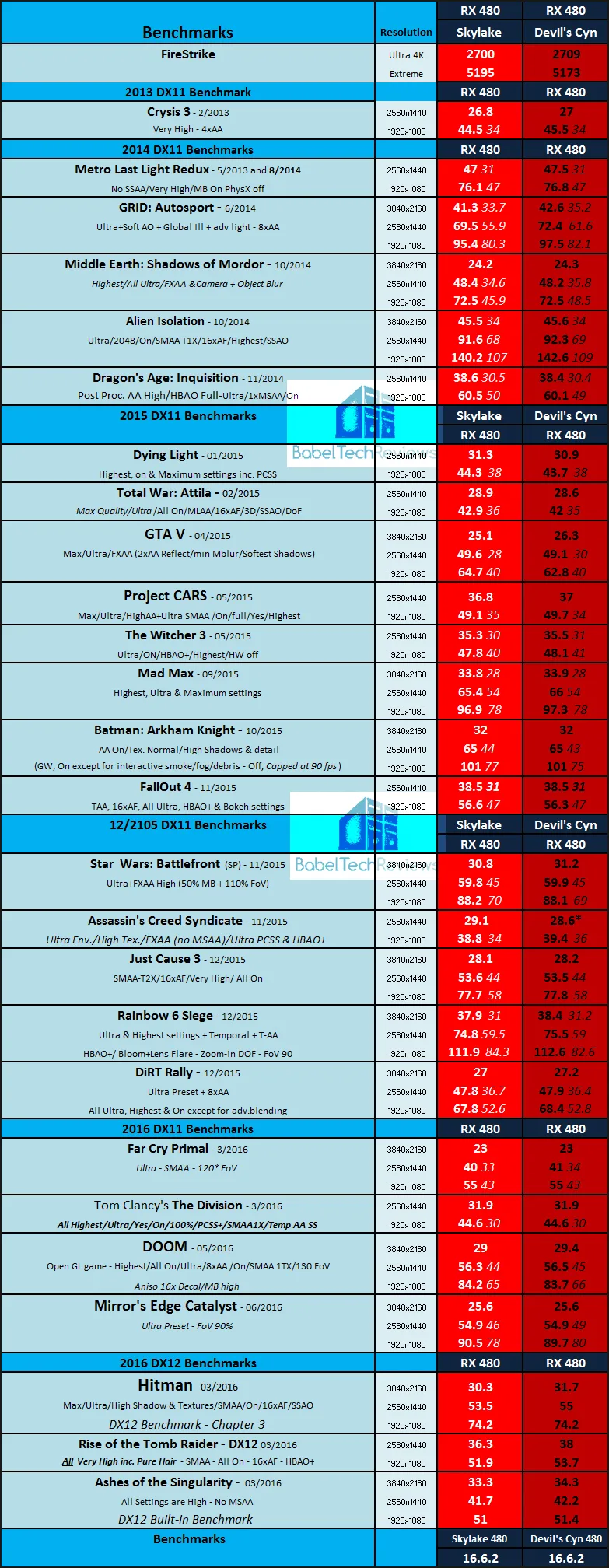
Comments are closed.